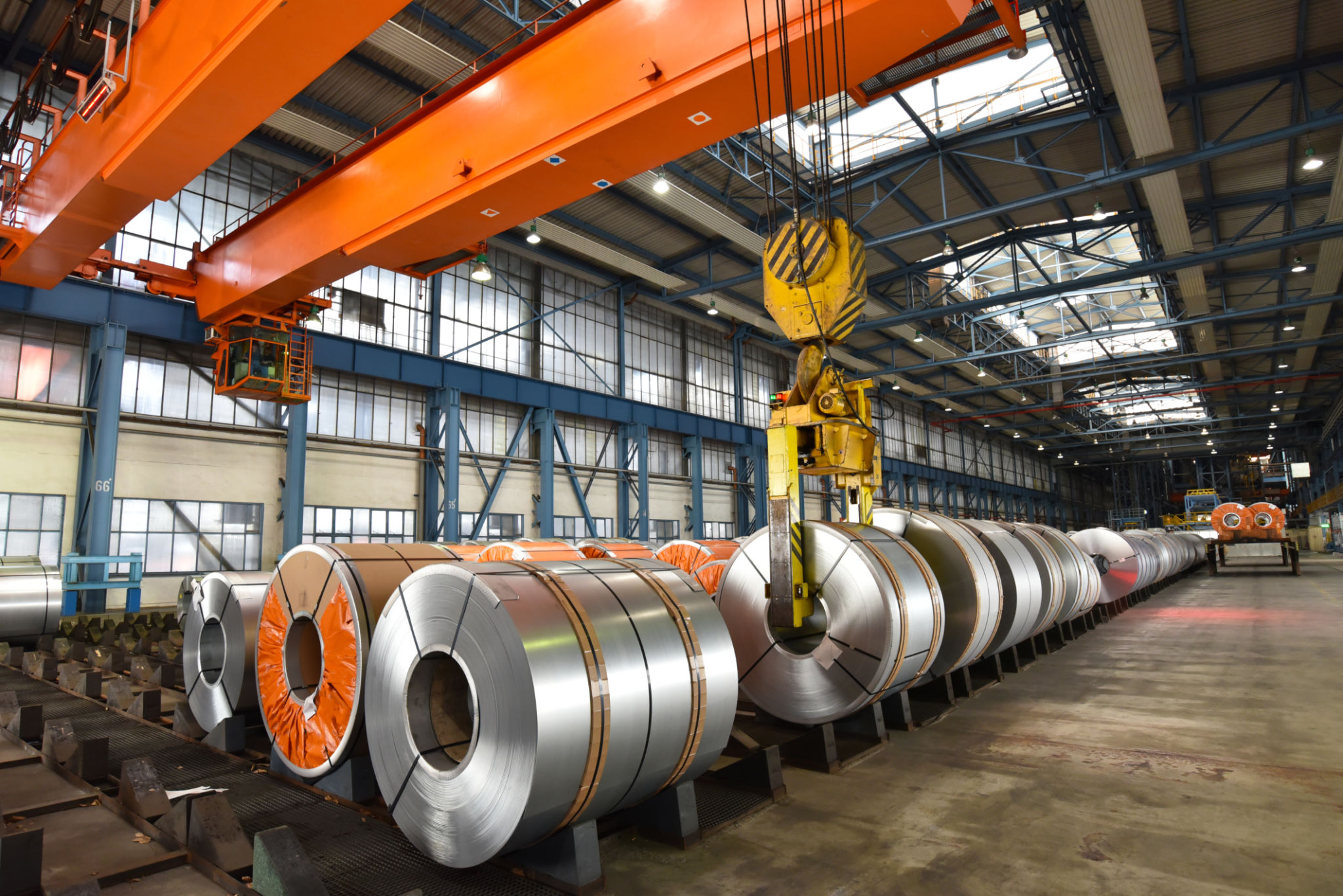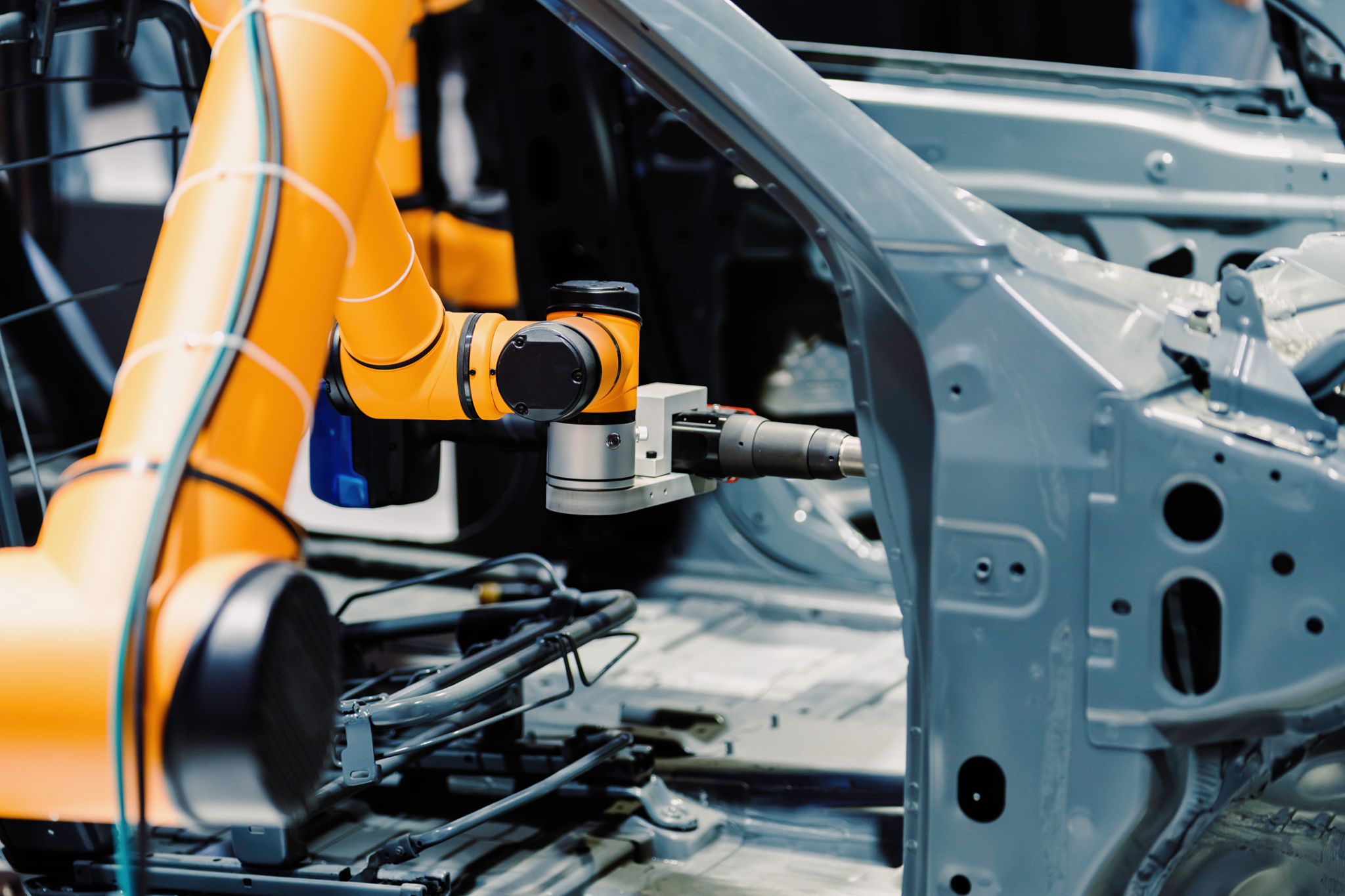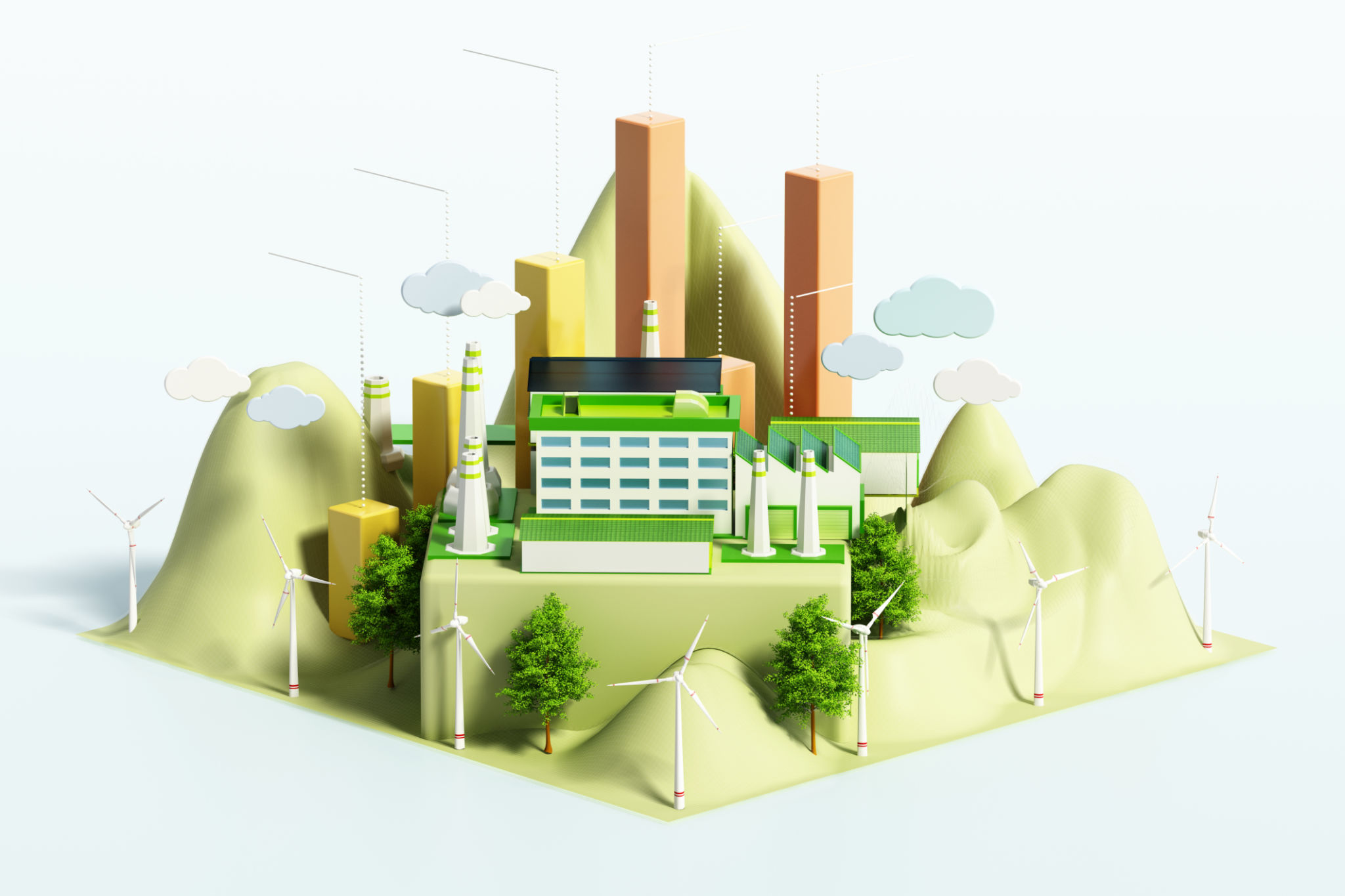Expert Insights: Innovations in Structural Steel Fabrication
The Evolution of Structural Steel Fabrication
The realm of structural steel fabrication has undergone significant transformations over the years. As technology advances, so do the methods and techniques used in creating the robust frameworks that support our modern infrastructure. Today, we delve into the latest innovations that are reshaping this vital industry.

Automation and Robotics
One of the most groundbreaking changes in structural steel fabrication is the integration of automation and robotics. These technologies have not only increased efficiency but also enhanced the precision with which steel structures are crafted. Automated systems can handle complex tasks, reducing human error and speeding up production times.
Robots equipped with advanced sensors and AI capabilities are now capable of performing tasks such as welding and cutting with unmatched accuracy. This ensures that each component meets the stringent standards required for safety and durability.

Advanced Software Solutions
The use of sophisticated software solutions has revolutionized the design and fabrication process in the steel industry. These programs allow engineers to create detailed 3D models, perform simulations, and predict potential issues before the actual fabrication begins. This proactive approach minimizes waste and enhances the overall quality of the final product.
Additionally, Building Information Modeling (BIM) has become a staple in the industry, providing a collaborative platform for all stakeholders. BIM ensures seamless communication and coordination, reducing delays and optimizing resource allocation.
Sustainable Practices
As the world moves towards more sustainable practices, the steel fabrication industry is no exception. Innovations in recycling and waste reduction have made it possible to create eco-friendly steel products without compromising on quality. New techniques allow for the recycling of scrap steel, significantly reducing the carbon footprint associated with traditional manufacturing methods.

Moreover, energy-efficient processes and the use of renewable energy sources are becoming more prevalent. These efforts not only benefit the environment but also provide cost savings in the long run.
3D Printing and Customization
The advent of 3D printing in steel fabrication has opened up new possibilities for customization. Complex designs that were once considered impossible or too costly to produce can now be realized with precision. This innovation allows for greater flexibility in design and enables the creation of bespoke structures tailored to specific needs.
3D printing also reduces material waste, as it uses only the necessary amount of steel to create a component. This efficiency is not only economically beneficial but also environmentally friendly.

Conclusion
The structural steel fabrication industry is at the forefront of technological innovation, continually adapting to meet the demands of modern construction. By embracing automation, advanced software, sustainable practices, and 3D printing, the industry is poised for a future of growth and sustainability. These innovations not only enhance the quality and safety of steel structures but also ensure that the industry remains competitive in a rapidly evolving world.